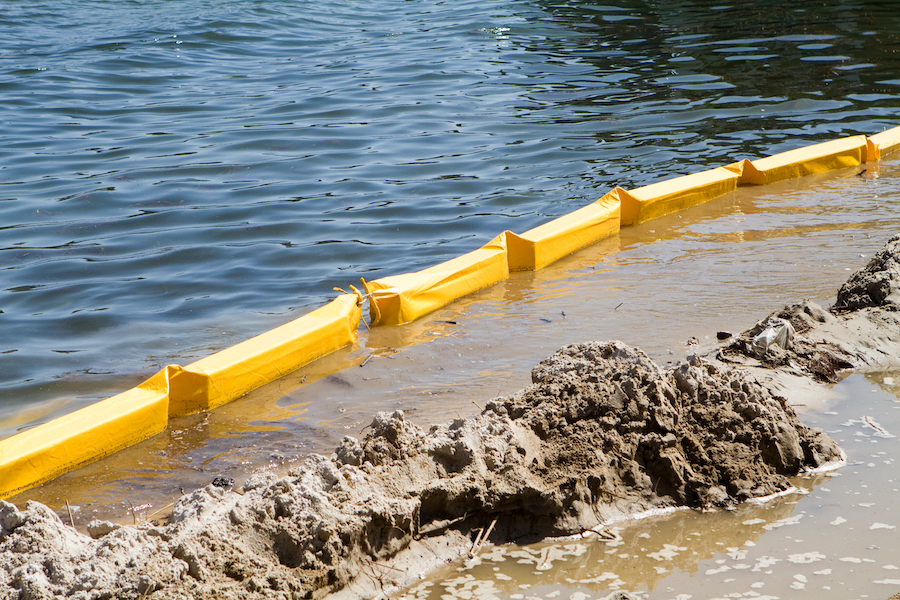Shore Protect Team for Beginners
Things about Shore Protect Team
Table of ContentsShore Protect Team for DummiesShore Protect Team for DummiesSome Known Factual Statements About Shore Protect Team Getting The Shore Protect Team To WorkThe 5-Second Trick For Shore Protect TeamThe Main Principles Of Shore Protect Team Things about Shore Protect Team
Decrease in home value: As the location tourism is influenced by erosion, so then is the economic situation. Customers are less likely to search for a coastline house that might be destroyed anytime by the upcoming flooding and disintegration emergency situation. In turn, residential property value can go down greatly and impact the entire region.Whether a coastline is just small and congested or has to close completely for the safety and security of the community and neighboring residential or commercial properties, this considerably influences tourist. Subsequently, neighborhood economic situations are affected (http://locals101.com/directory/listingdisplay.aspx?lid=94496). Danger of injury: The enhanced threat of flooding and structural failures triggers a boosted risk of injury to nearby travelers and area participants

is home to more than 84,240 miles of coastline with 41% of it subjected to the open ocean. Coastal engineers are in cost of securing the coast against modifications by reducing the harmful influences of both natural and man-made incidents. Shoreline stablizing is directly related to their job. Waterside hotels: Because shoreline disintegration effects tourism, it impacts the success of waterfront hotels.
Shore Protect Team for Beginners
Coastal industrial services: No travelers indicates no service. Coastal state parks: State parks that exist along coasts are at threat of damage.
Hard stabilization uses synthetic structures as protection to control disintegration. A lot of types of hard stablizing like seawalls and sheet metal are not optimal for shoreline stabilization.
Unknown Facts About Shore Protect Team
There's additionally not sufficient evidence of their effectiveness relying on the sort of shoreline and regional conditions. Tough stabilization methods often tend to be a lot more tough to install and do not match the all-natural visual, standing out like an aching thumb and damaging neighborhood ecological communities in many scenarios. Coastline nourishment is the process of adding lost sand and sediment back to beaches after erosion has taken place.
TrapBags aid in the process of coastline nutrition by protecting natural communities and permitting plants to expand. While this process can be pricey and is not permanent, the pros have a tendency to surpass the cons. TrapBag obstacles offer many buildings that make them perfect for seaside and riverbank disintegration security. They're: Eco-friendly: You can make use of native soil both to border and to fill the TrapBags.

9 Easy Facts About Shore Protect Team Shown
Easy to set up: Relieve of installment means TrapBags can be deployed swiftly in the event of an emergency. They can also be set up with no hefty machinery. Budget friendly: TrapBags are suitable for both little and huge locations of shoreline. They provide a budget friendly remedy to cover projects of any type of size.
The proper seawall style counts on location-specific aspects, consisting of surrounding erosion processes. There are three major types of seawalls: vertical, rounded, stepped, and mounds (see table below).
All-natural barriers, such as reef and mangrove woodlands, protect against the spread of tsunamis and the flow of coastal waters and alleviated the flooding and surge of water. A cost-benefit method is an efficient way to establish whether a seawall is ideal and whether the benefits are worth the expense.
Shore Protect Team for Beginners
A seawall is a fixed attribute which can contrast with the vibrant nature of the coast and restrain the exchange of sediment between land and sea. Benefits and drawbacks of seawalls according to Short (1999) Benefits Negative aspects Long term option in comparison to soft coastline nutrients (https://www.reddit-directory.com/Shore-Protect-Team_685217.html).

This can trigger coastlines to dissipate, rendering them useless for beach goers. Typically, seawalls can be a successful method to manage coastal disintegration, but only if they are built well and out of products that can hold up against the force of continuous wave power. Some understanding is required of the coastal procedures and morphodynamics specific to the seawall area.
Shore Protect Team - An Overview
Combined with a high building and construction cost, this has actually resulted in increasing use various other soft engineering seaside administration choices such as beach replenishment. Seawalls are constructed from numerous products, many typically enhanced concrete, stones, steel, or gabions. Various other feasible construction materials consist of plastic, wood, light weight aluminum, fiberglass composite, and eco-friendly sandbags made from hemp and coir. The proper seawall style relies on location-specific facets, including surrounding erosion procedures. There are 3 primary types of seawalls: vertical, bent, tipped, and piles (see table below).
Natural barriers, such as coral reefs and mangrove forests, prevent the spread of tsunamis and the flow of coastal waters and minimized the flooding and rise of water. A cost-benefit method is an efficient means to identify whether a seawall is suitable and whether the benefits deserve the cost.
Not known Incorrect Statements About Shore Protect Team
A seawall is a static feature which can contrast with the dynamic nature of the coast and impede the exchange of debris between land and sea. The table listed below sums up some positive and adverse impacts of seawalls which can be used when comparing their performance with various other coastal administration alternatives, such as coastline nutrients. [] Advantages and negative aspects of seawalls according to Short (1999) Benefits Downsides Long-term solution in contrast to soft coastline nutrients. dock and bulkhead construction.

This can create coastlines to dissipate, making them useless for beach goers. Normally, seawalls can be an effective way to manage seaside disintegration, however only if they are built well and out of products that can withstand the force of ongoing wave energy. Some understanding is required of the seaside procedures and morphodynamics specific to the seawall place.